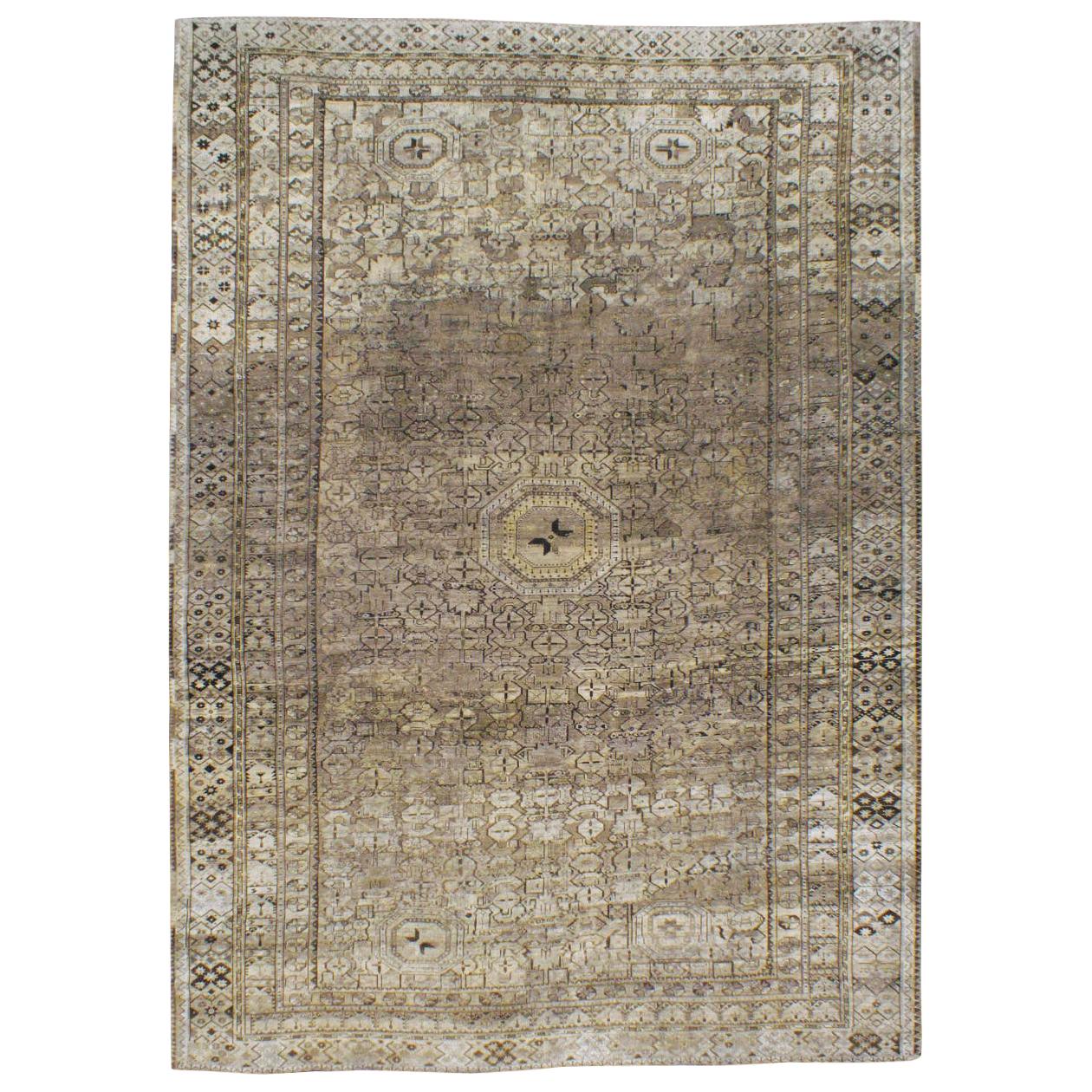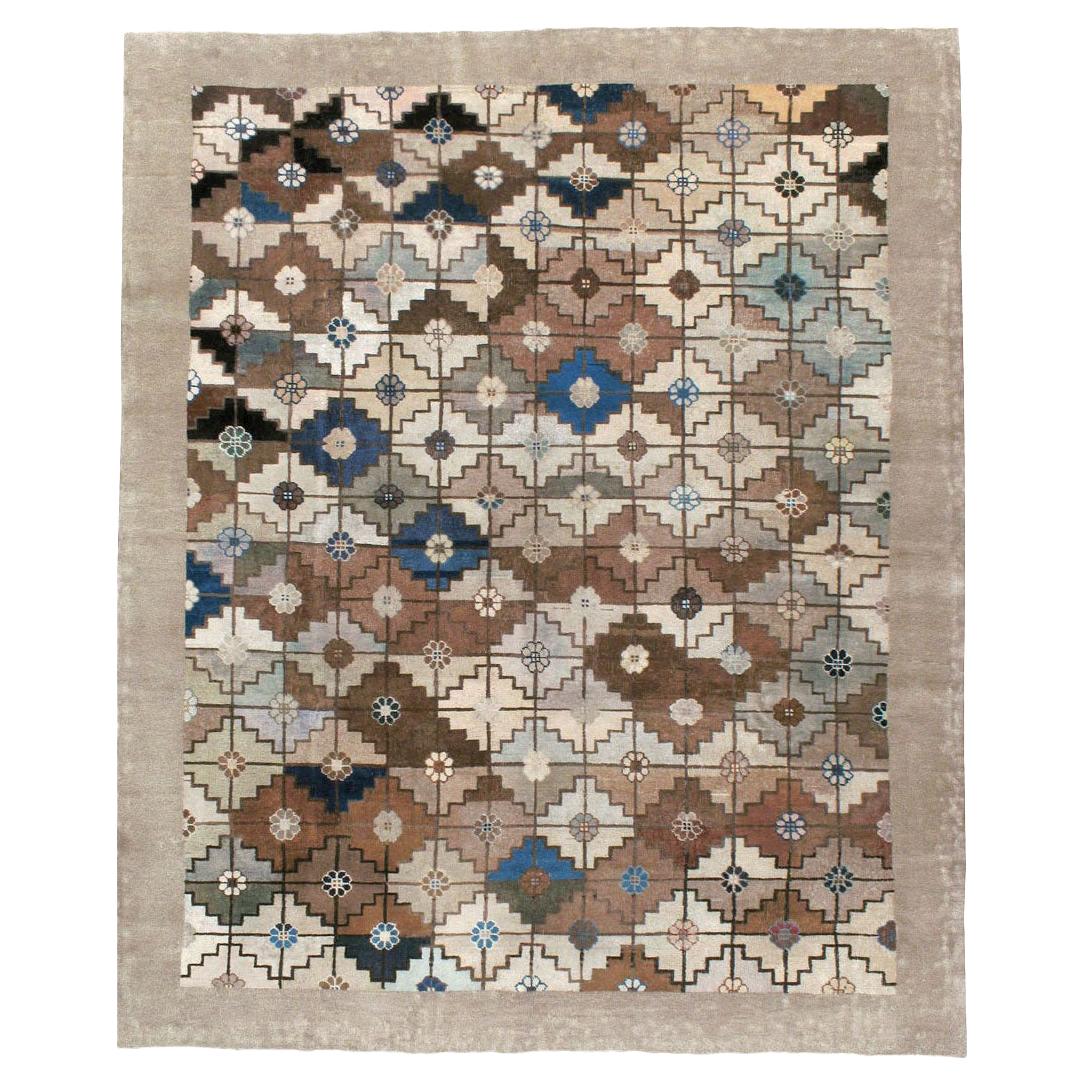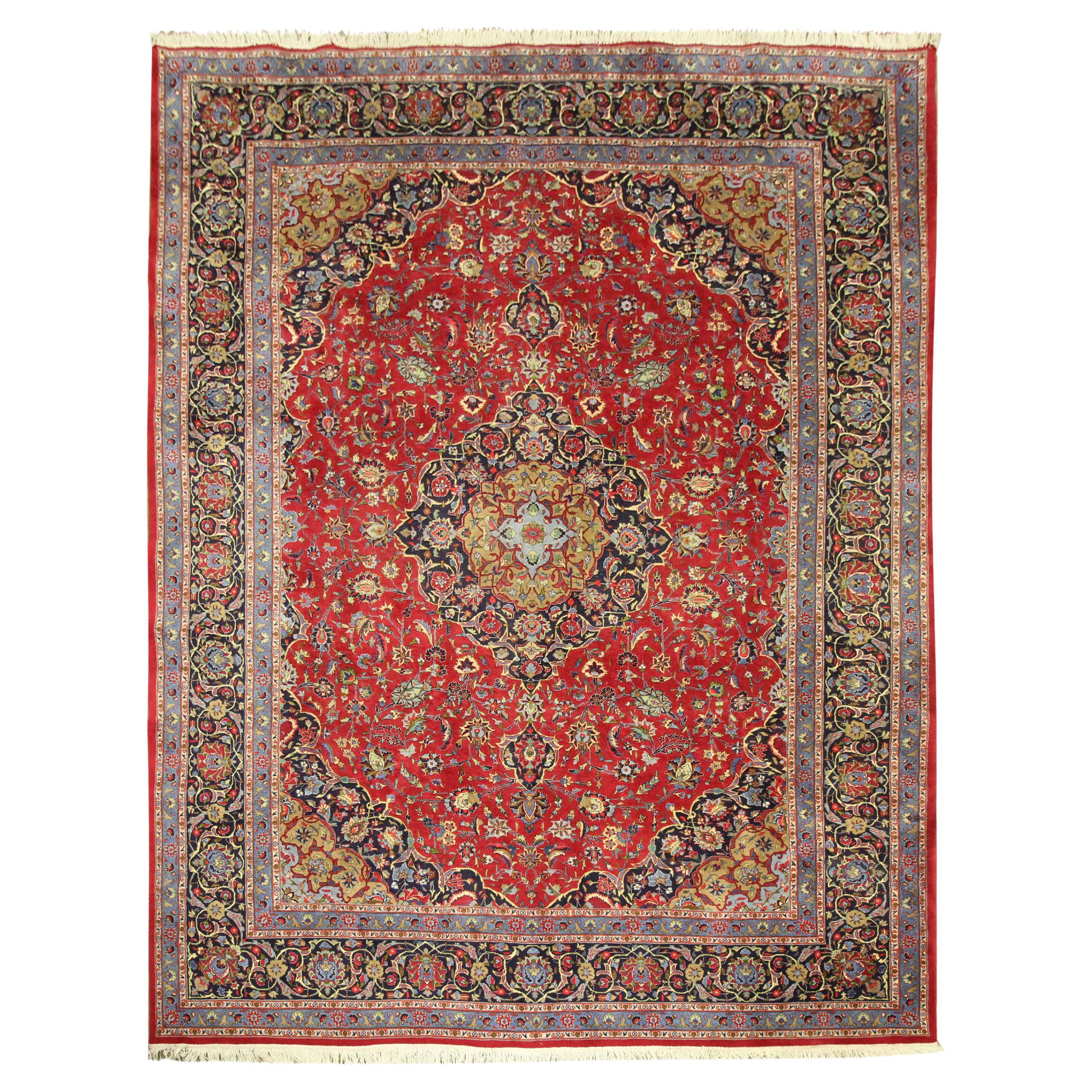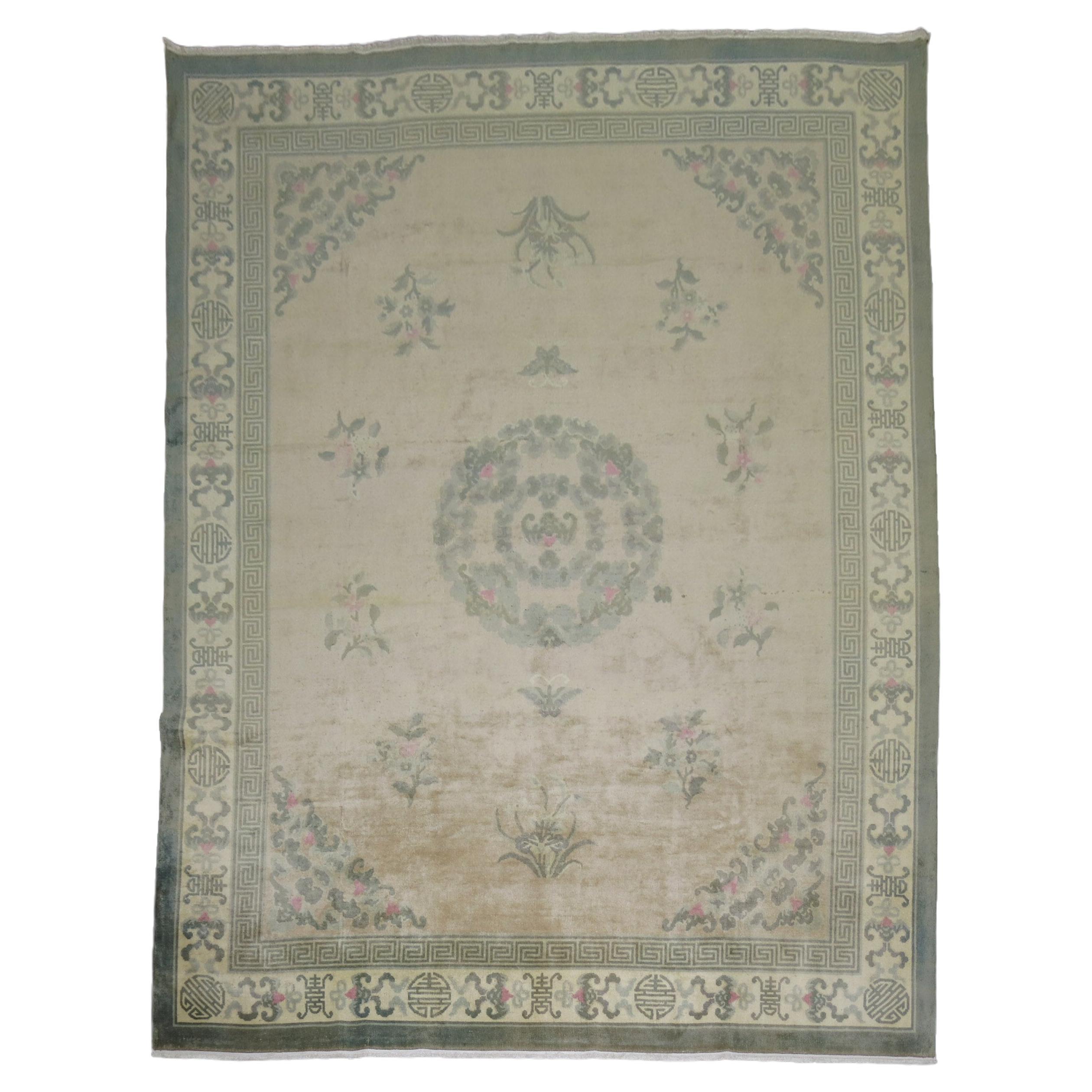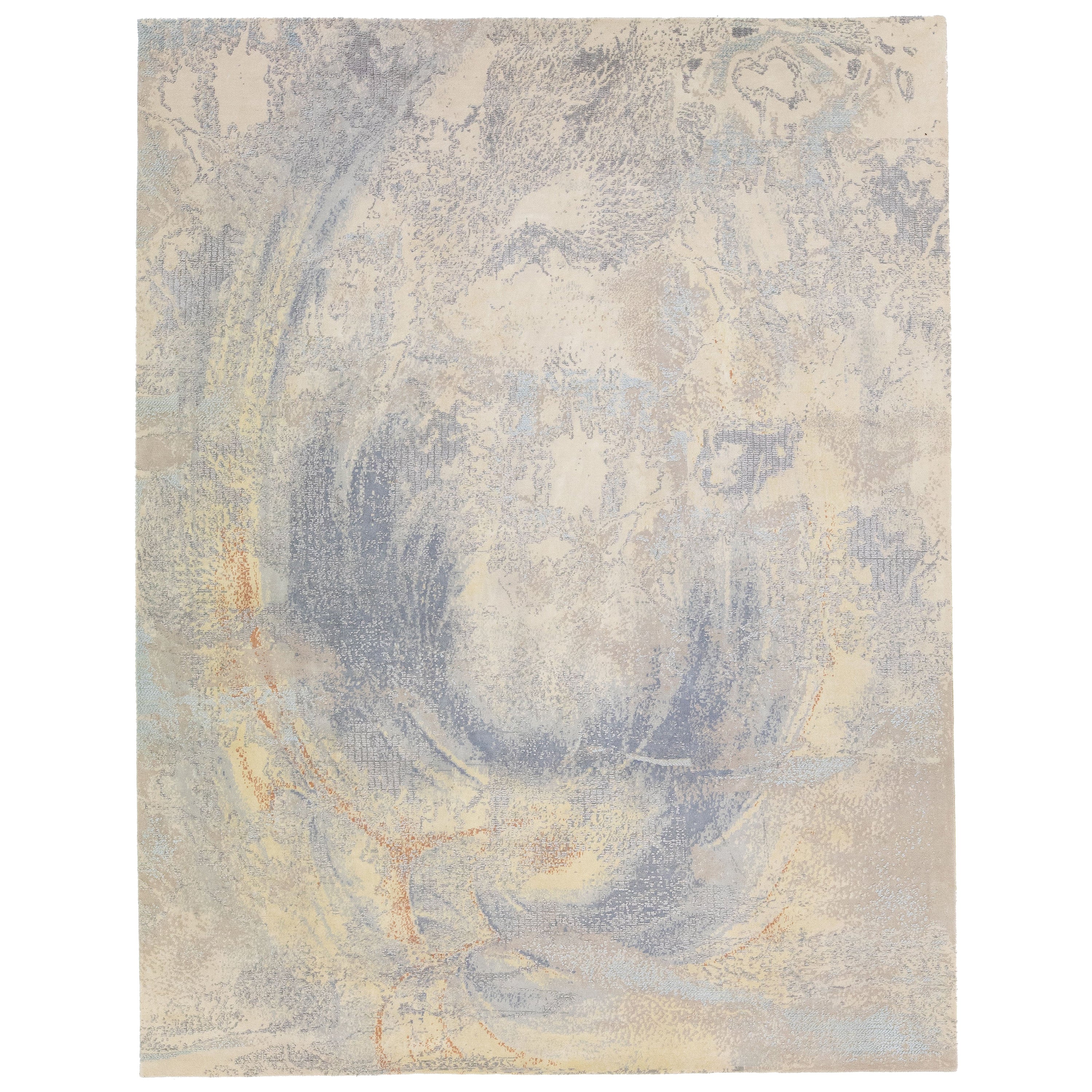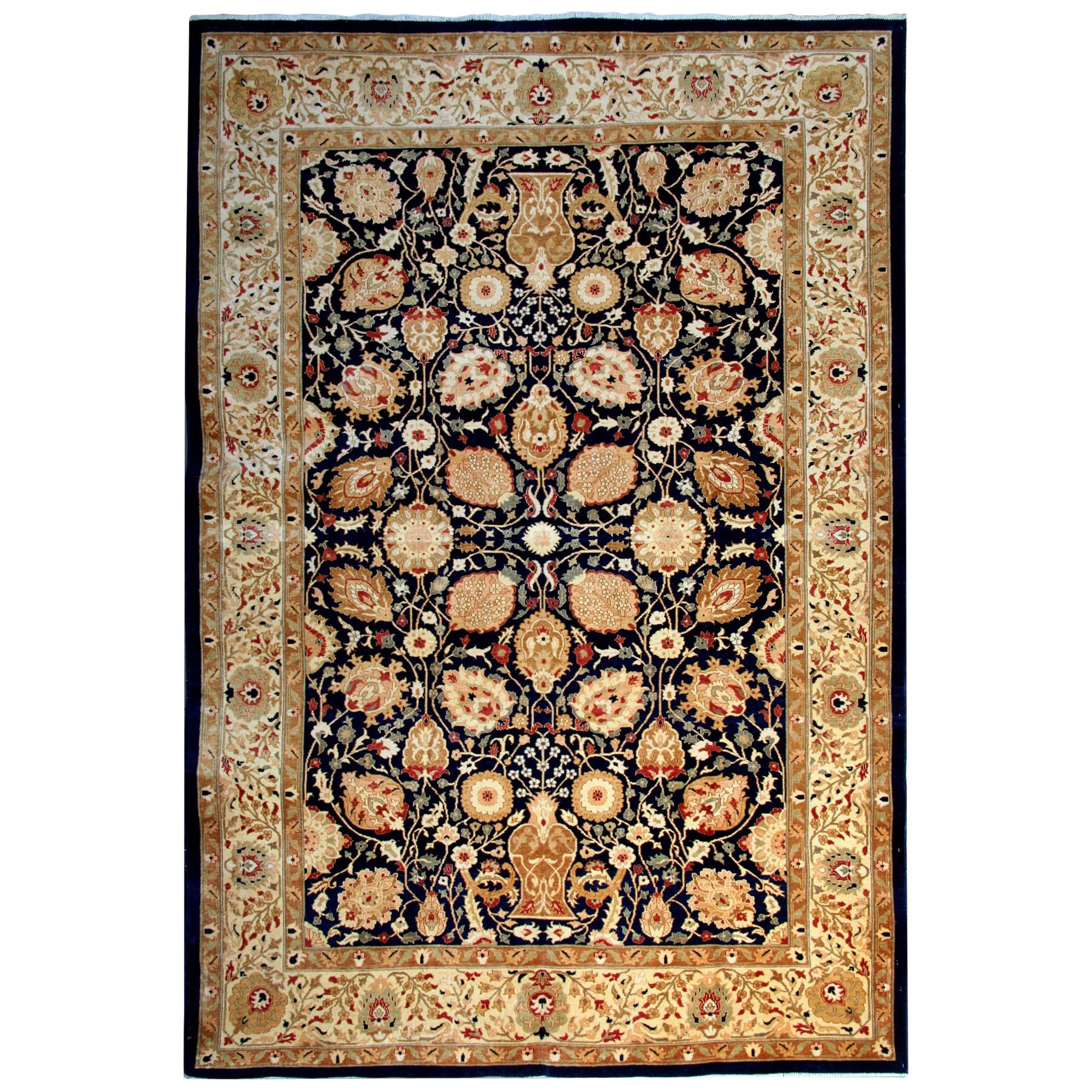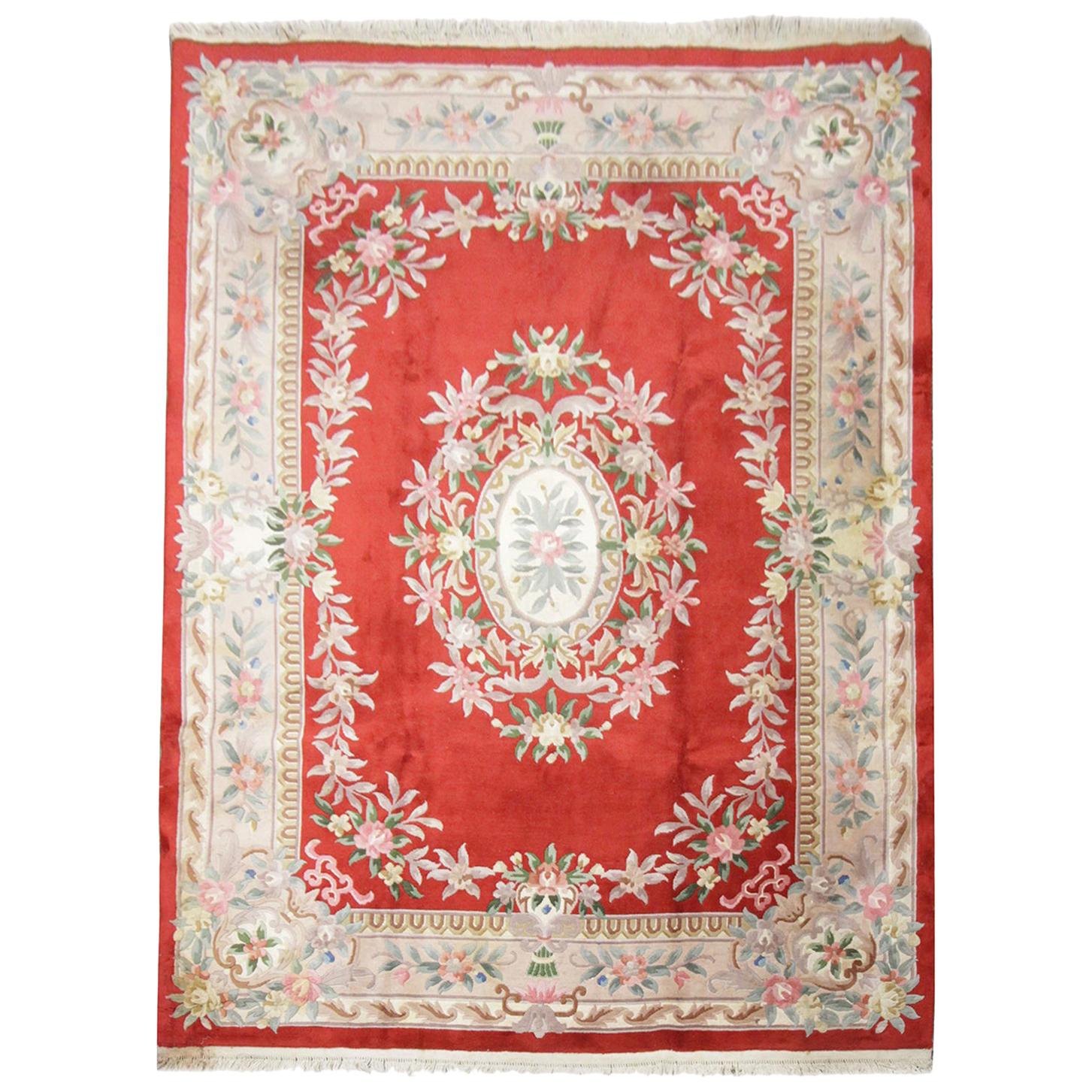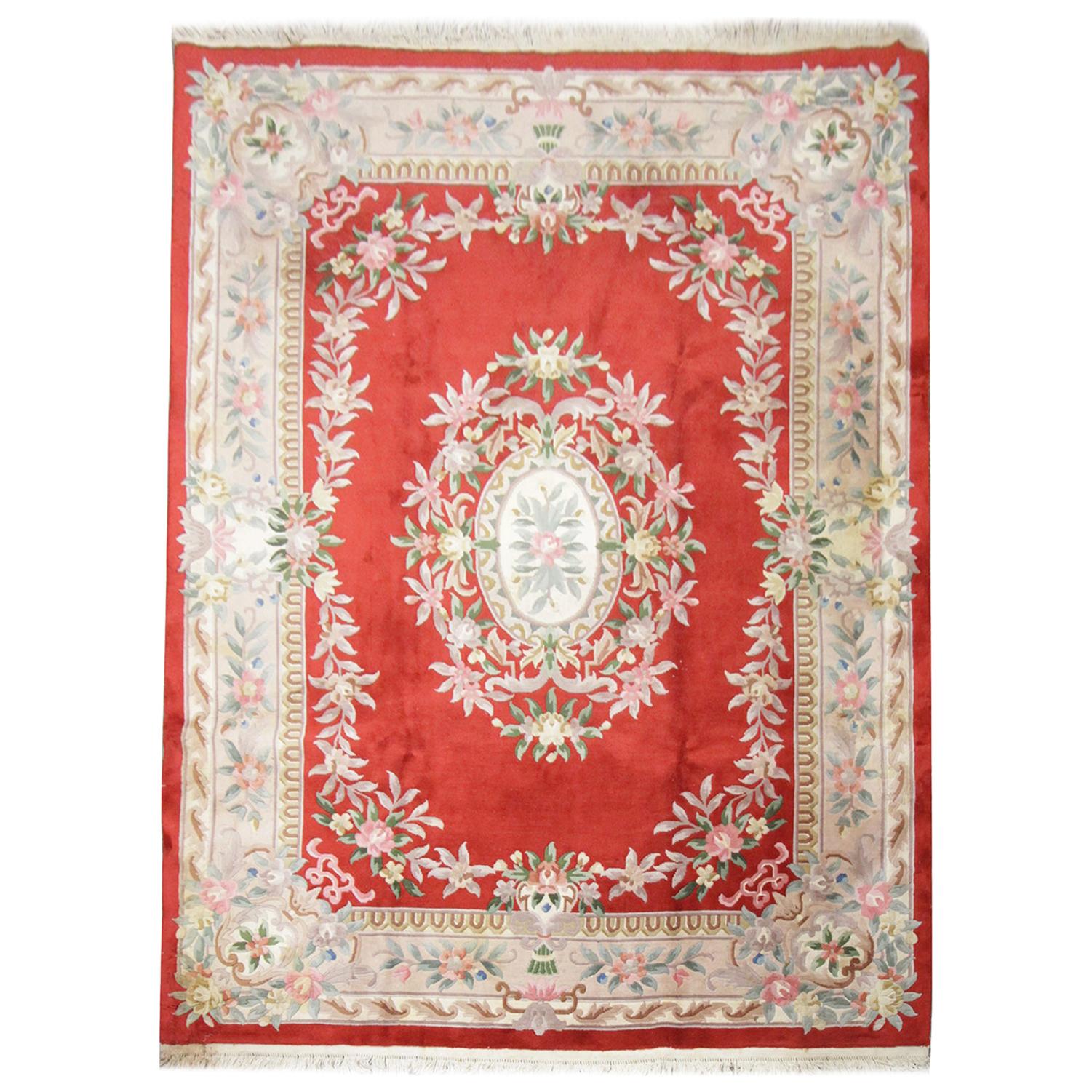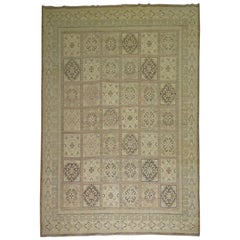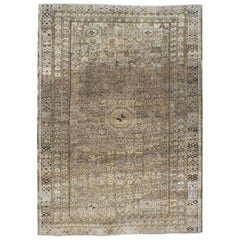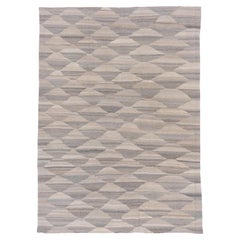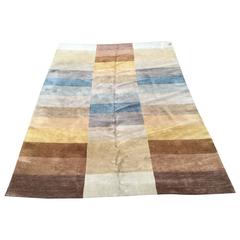
Vintage Room Size Carpet Concepts International Color Block Rug Neutral Tones
View Similar Items
1 of 10
Vintage Room Size Carpet Concepts International Color Block Rug Neutral Tones
About the Item
- Creator:Concepts International (Maker)
- Dimensions:Width: 120 in (304.8 cm)Length: 168 in (426.72 cm)
- Materials and Techniques:Wool,Woven
- Place of Origin:
- Period:
- Date of Manufacture:circa 1985
- Condition:Wear consistent with age and use. Some furniture impression marks.
- Seller Location:New York, NY
- Reference Number:1stDibs: LU151023586092
You May Also Like
- Neutral Vintage Room Size Khotan RugLocated in New York, NYA vintage Khotan rug with an all-over panel design typically found in mid-20th century Persian Bakhtiar or Tabriz rugs. Beige, brown, charcoal tones Third quarter of the 20th cent...Category
21st Century and Contemporary Pakistani Tabriz Central Asian Rugs
MaterialsWool
- Early 20th Century Beshir Large Room Size Tribal Rug in Neutral Earth TonesLocated in New York, NYAn antique Central Asian Beshir large room size tribal rug handmade during the early 20th century in neutral earth tones throughout. Measures: 11' 1" x 15' 7".Category
Early 20th Century Central Asian Rustic Central Asian Rugs
MaterialsWool
- Tone on Tone Neutral Afghan Flatweave Rug, ModernLocated in New York, NYA wave like repeating pattern with contrasting neutrals is woven on this flatweave rug. Tones include, linen, sand, gray and taupe.Category
2010s Afghan Modern Central Asian Rugs
MaterialsWool
- Nazmiyal Collection Square Size Neutral Color Modern Rug 13'1" x 14'4"By Nazmiyal CollectionLocated in New York, NYClassy Wool Pile Handmade Square Size Neutral Color Modern Contemporary Area Rug, Country of origin: Central Asia, Circa date: Modern RugsCategory
21st Century and Contemporary Central Asian Modern Central Asian Rugs
MaterialsWool
- Early 20th Century Handmade Mongolian Art Deco Style Room Size Carpet In NeutralLocated in New York, NYAn antique Mongolian room size carpet handmade during the early 20th century with a contemporary Art Deco style geometric pattern in neutral colors. Measures: 9' 2" x 11' 1" The craft of the hand-knotted carpet in China, and the surrounding areas including Mongolia and Tibet, extends into the early centuries of the first millennium, C.E., but we really have a firm grasp only beginning in the later 16th century with large, very coarsely woven carpets, often depicting dragons, created for the Imperial Forbidden City palaces. Chinese carpets have always been commercial and there are no tribal groups responsible for any of the carpet weaving strains. When the Ming Dynasty fell in 1644, with no Imperial patrons, production moved to the city of Ningxia in north central China where several workshops turned out more finely woven pieces for the Mandarins of the administrative Ch’ing bureaucracy and well-to-do merchants. Ningxia was the major Chinese carpet center up through most of the 19th century, with first allover and then medallion designs on cotton foundations in medium weaves. Palettes were initially limited to yellows, dark blue and cream, but later widened to include reds, browns and even green. These antiques were the first Chinese carpets to be exported to the West and they fitted in well with the craze for Chinese blue-and-white porcelain in the second half of the 19th century. Ningxia also wove shaped and rectangular small rugs for saddle underlays, chair (“throne”) seats and shaped backs, pillar carpets with dragons or monks for Buddhist monasteries, and long divided runners for monastery meditation halls. These small rugs are among the most collectible of all Chinese weavings. Weavers from Ningxia set up workshops in the capital Peking (Beijing) in the 1860’s and began weaving Western room sizes for export, primarily to America. In blue – and – white and polychrome palettes, with round wreath medallions, precious objects, seasonal flowers, paeonies, lotuses, fretwork, clouds, butterflies and bats, all relatively spaciously drawn. The round “Shou” (Good Luck) character is also a prominent decorative motif. There are also a few Peking landscape pictorials with pagodas, houses, bridges, waterscapes and boats. Peking carpets were woven right up until WWII and production began again after the Cultural Revolution around 1970. They are moderately well-woven, on cotton foundations, exactingly executed and indisputably Chinese. Many are in the blue-and-white style. Nothing else looks like a Peking carpet and for a Chinese “look” in a room, they are absolutely indispensable. Sizes range from scatters and a few runners, through the popular 9’12’ size, to large carpets over 20’ which must have been special orders. The earliest Peking Revival carpets are pliable and fairly thin, but they became heavier and more compact in the 20th century, in competition with Art Deco carpets from Tientsin. The modern, post- 1970, pieces are in the traditional Peking style, but are a little too regular and neat. Exactitude has been favored over character, as hard to explain that as it is. There are a number of all-silk and silk-and –metal thread pieces, many with inscriptions purporting to link them with rooms in the Imperial palaces, bringing very substantial auction prices, but none are really antique. The genre emerged after WWI and the present demand comes from mainland Chinese. The silk piles often stand in pattern relief against flat woven gold metal thread grounds. The inscriptions are apocryphal, the rugs are flashily opulent, perfect for nouveaux riches. The Art Deco period between the two World Wars saw a distinctive carpet industry developing in Tientsin (Tianjin) in northeastern China. These are highly prized for their transitional design character, neither overtly Chinese, nor abstractly modern/contemporary. Woven exclusively for export, usually by and for American firms, such as Nichols and Elbrook, they are totally in the “Jazz Age Modern” style of the 1920’s, often without borders, with abstract or abstracted patterns, and only with, at best, a few Chinese-y pattern elements. Vases asymmetrically placed in the corners are features of some of the more Chinese-y carpets. Open fields with floral sprays and branches growing in from the edges are anther design innovation. Often, Chinese motives have been re-imagined in more sharp-edged, abstract manners. Some have no references whatsoever to natural elements. The patterns are sharp and the rugs are never subdued, soft or restrained. The rugs are heavily constructed, with crisp, unfading dyes and medium to medium coarse weaves on cotton foundations. All are extremely well-executed, with none of the vagaries, variations or twists found on even high-quality Persian rugs. The majority are in the 9’ by 12’ format and a surprising number can be found in top condition. There also was a substantial production in Peking from, especially from the Fette factory. Elliptical and round carpets, and lighter, often pastel colors, were a specialty. Nothing looks like an Art Deco Chinese and they work well with traditional Chinese furniture and the most modern decor as well. These is no substitute for a good Chinese Art Deco carpet. Chinese carpets also include small scatters from Tibet, with high quality wool, floating dragons and allover textile patterns. The colors of vintage and modern pieces are bright, but there are antique small rugs (sleeping rugs) with simple chessboard allovers. Only a few large antique Tibetan carpets...Category
Early 20th Century Mongolian Art Deco Chinese and East Asian Rugs
MaterialsWool
- Tribal Neutral Color Afghan Rug PillowLocated in New York, NYPillow made from a mid 20th-century neutral color Afghan Rig Measures: 14" x 16".Category
Mid-20th Century Tribal Central Asian Rugs
MaterialsWool, Cotton, Foam

